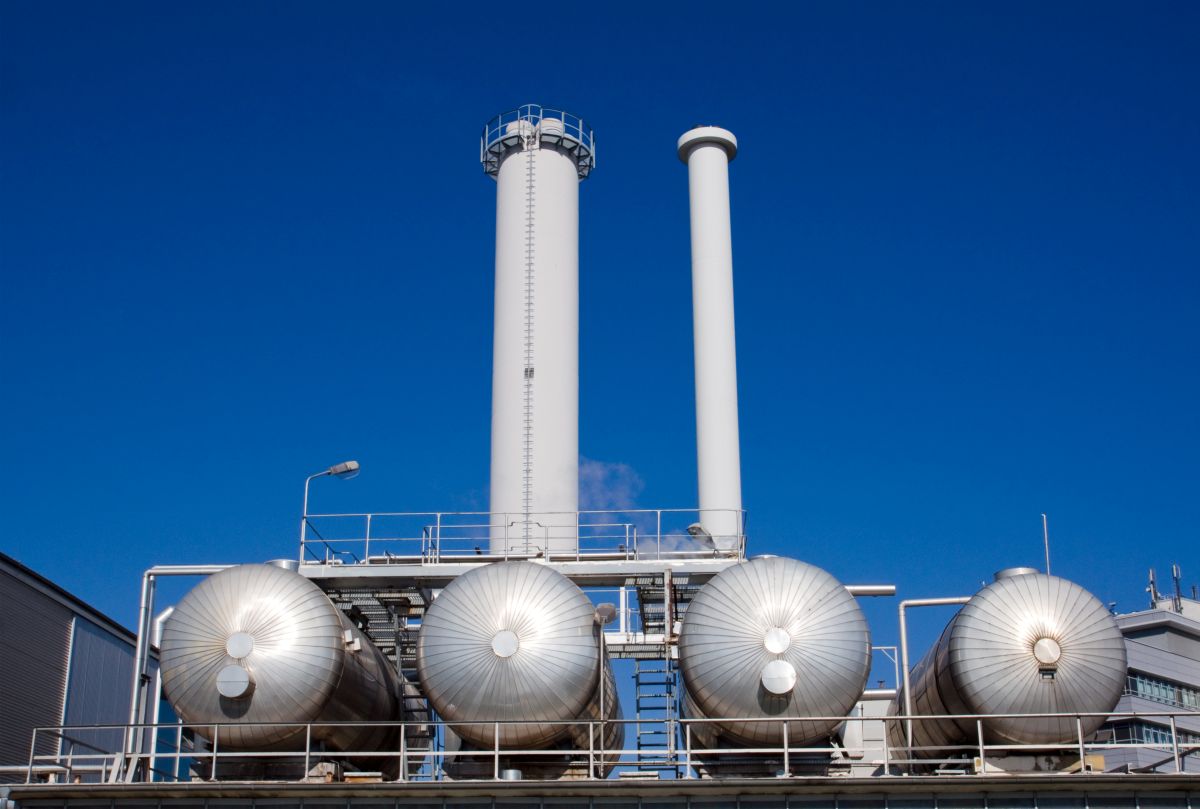WWW.DAILYENERGYINSIDER.COM
The nation’s coal-fired power capacity is set to decline significantly in the coming years, according to the U.S. Energy Information Administration’s (EIA) Preliminary Monthly Electric Generator Inventory released Monday.
Based on data reported by power plant owners and operators, total operating coal capacity is projected to fall from 172 gigawatts (GW) reported in May to 145 GW by the end of 2028.
Regionally, more than half (58 percent) of these planned coal retirements are concentrated in the Midwest and Mid-Atlantic areas, according to the EIA’s analysis.
Coal consumption in the U.S. electric power sector has steadily declined since its peak in the late 2000s, primarily due to growing competition from cheaper and cleaner alternatives such as natural gas and renewable energy sources.
In addition, regulatory pressures have forced many coal-fired plants to either invest in costly emissions controls, alter operations, or shut down entirely, says EIA.
The EIA’s capacity and retirement estimates reflect data submitted by plant operators as of May. However, the plans are subject to change based on evolving energy policies, market trends, and regional reliability needs.
For instance, Talen Energy recently announced a delay in retiring its Brandon Shores coal plant in Maryland. Initially set to close in June, the plant will now continue operations until 2029 following coordination with PJM Interconnection and other stakeholders.
Similarly, the U.S. Department of Energy in May ordered a 90-day delay in the planned closure of Consumers Energy’s J.H. Campbell plant in Michigan.
At the same time, regulatory uncertainty continues to play a major role in retirement decisions, according to EIA.
The U.S. Environmental Protection Agency (EPA) is currently reconsidering multiple coal-related rules. Notably, in April 2024, the EPA introduced revised Steam Electric Effluent Limitation Guidelines, which impose stricter limits on toxic metal discharges from coal plant wastewater. These rules are scheduled to take effect in 2028 but may be revised.
Additionally, an executive order issued April 8 granted 47 companies a two-year exemption from enhanced Mercury and Air Toxics Standards (MATS), which were issued by the EPA in 2024.
The temporary exemption, effective from July 8, 2027, through July 8, 2029, could influence short-term operational decisions. Many coal facilities had already invested in emissions-control technologies to comply with earlier versions of the MATS rule.
Overall, while coal remains a component of the U.S. energy mix, ongoing regulatory developments and market competition continue to drive a downward trend in coal-fired generation capacity, according to the report.












